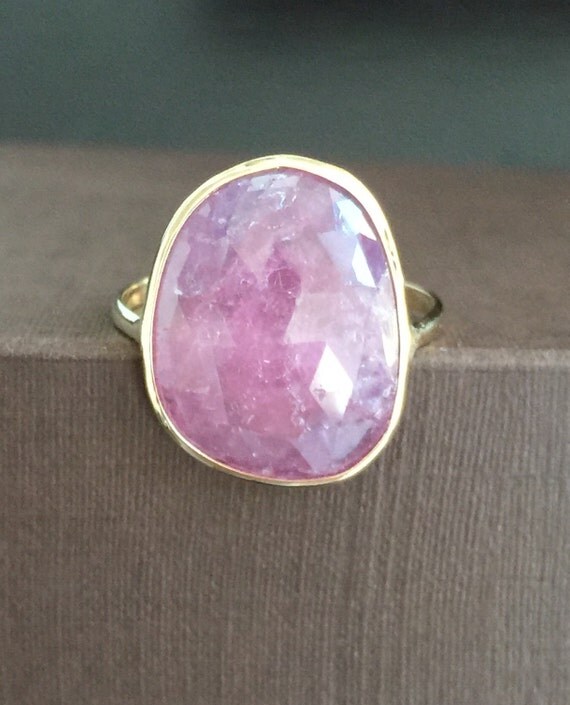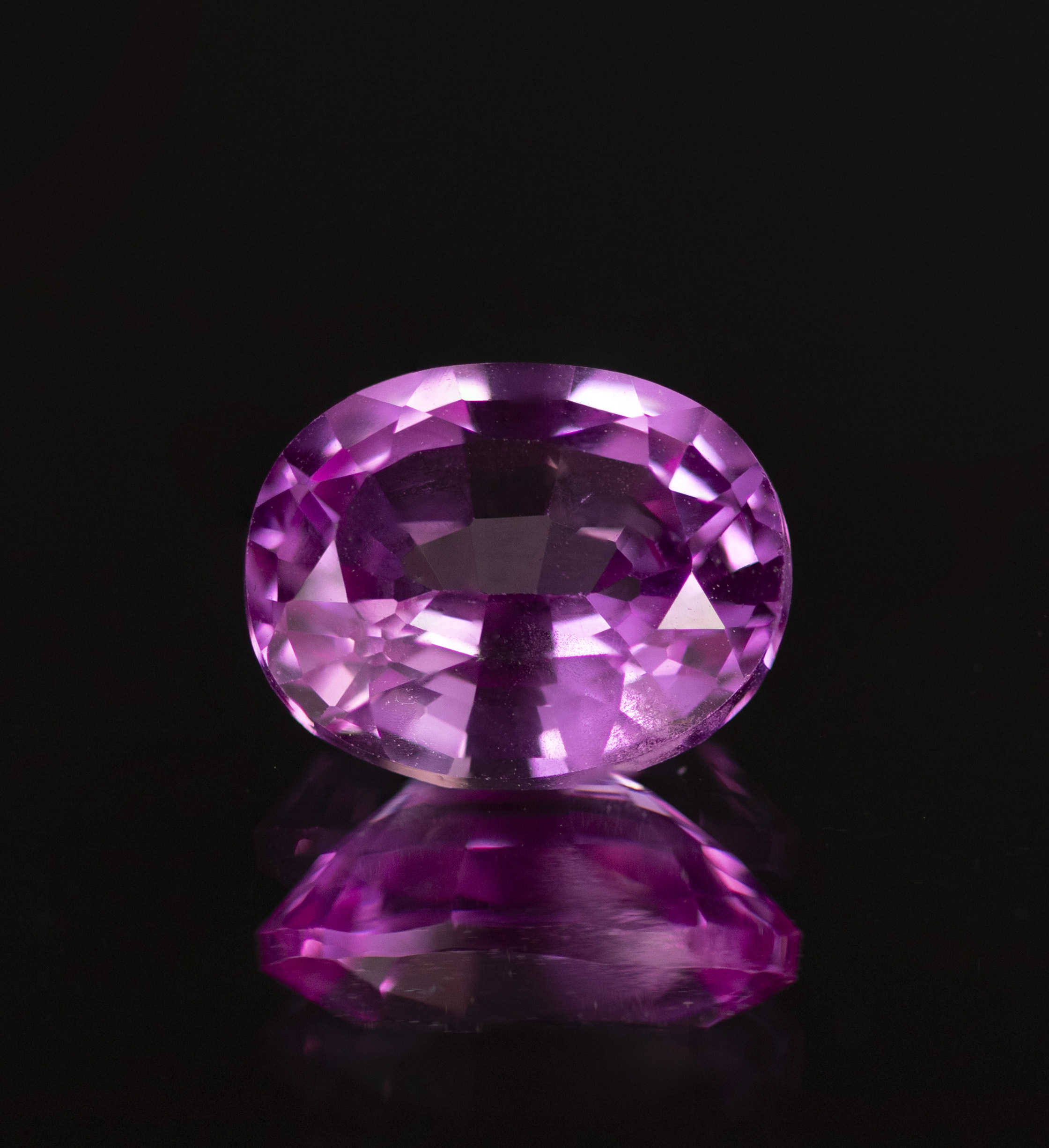
Color-changing sapphires can be classified as weak, moderate, and strong and this property determines the value of the stone. A rare variety appears green in daylight and reddish-brown in incandescent light.

Under incandescent light, they appear strongly violet-purple or reddish-purple. Color-changing sapphires typically appear bluish-violet in daylight conditions or under fluorescent LED lights. The property of pleochroism permits the appearance of “color-changing” in different lighting conditions. However, the most valuable type of Padparadscha sapphire is the one with 50% orange and 50% pink colors. The beautiful greenstone is sometimes also classified either under peach sapphires or pink sapphires, depending upon the preceptor’s classification. What adds to its mystique is that it’s a single source gemstone that is unique to Sri Lanka and cannot be found anywhere else in the world. With their unique blend of sunset orange and lotus pink, Padparadscha sapphire from Sri Lanka is a collector’s dream. The below image is of a stunning step cut oval 6.11-carat mermaid sapphire)Ī post shared by Navneet Gems Padparadscha Sapphires: (Note the color difference between a teal sapphire of a darker hue (Above) and a mermaid sapphire (Below). Since the largest sources of both teal and Mermaid Sapphires are Australia and Montana where mining is done mechanically, these have become synonymous with ethical sourcing and are popular as “green stones.” Some other sources are Nigeria, Madagascar, and Sri Lanka. The largest source of teal and Mermaid Sapphires today is Australia, followed closely by Montana. I’m other variants, one may find bits of yellow and space grey colors. The most valuable form of teal sapphires is the mermaid sapphires that are an exact 50-50 ratio of blue and green chilies, making them reminiscent of a mermaid’s scales.

The perfect union of the earth and sea, teal sapphires are a combination of enchanting blues and mesmerizing greens. Let us explore the most exciting and unique shades in this beautiful gemstone. Many of these colors have proprietary names and the same color can be called differently around the world.

Shades of Sapphire by Navneet GemsĪs a rule of thumb, apart from red corundum (which is called ruby ), blue sapphires, and colorless sapphires, all other colors in sapphires are termed as fancy sapphires. Quite possibly, sapphires can be named Nature’s Color Chart! While color makes for the most important factor in the valuation of sapphires, the other 3 C’s: Color, Clarity, and Cut play a significant role in the emergence of the true brilliance of the color. Time and again, sapphires have surprised us with their ability to be available in every color imaginable.


 0 kommentar(er)
0 kommentar(er)
